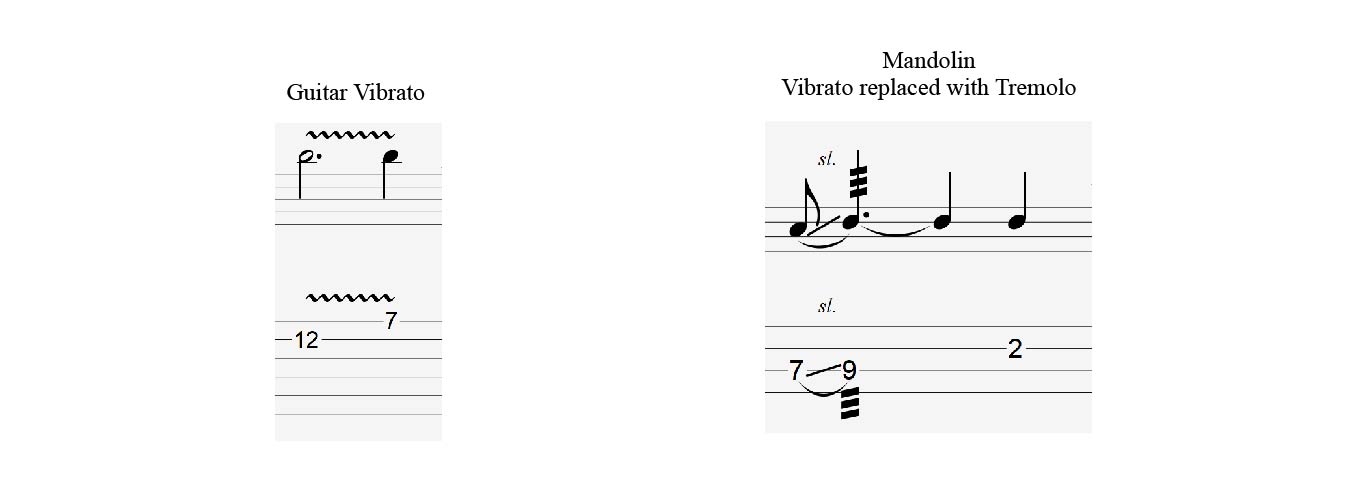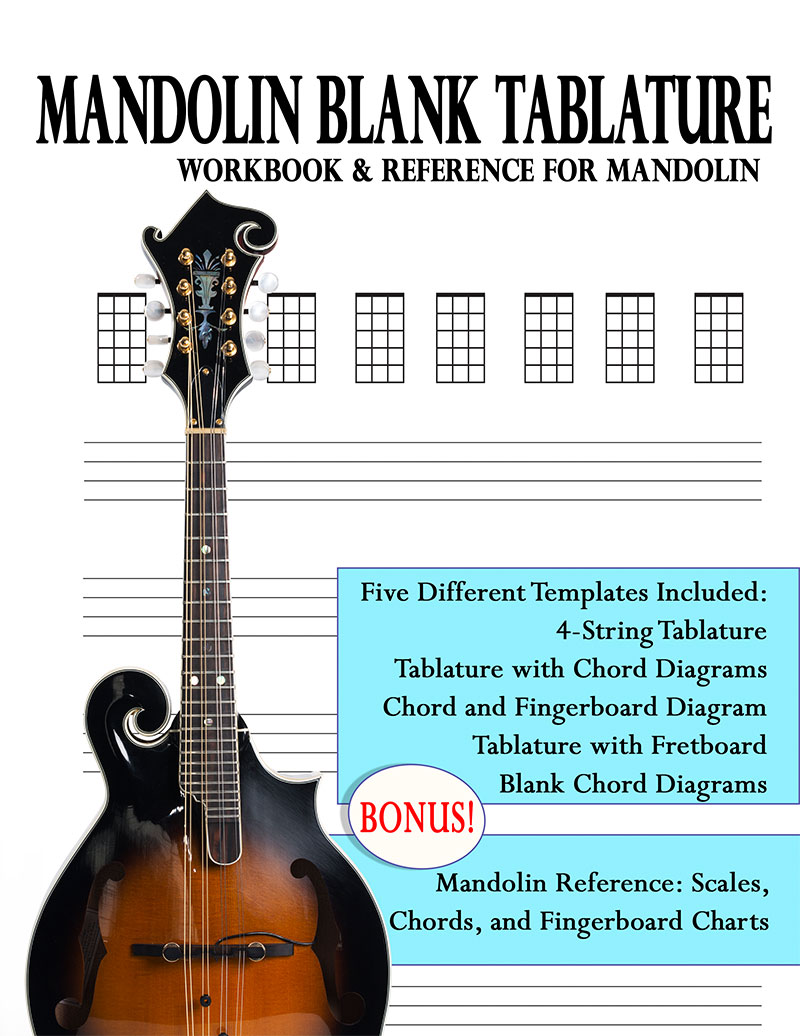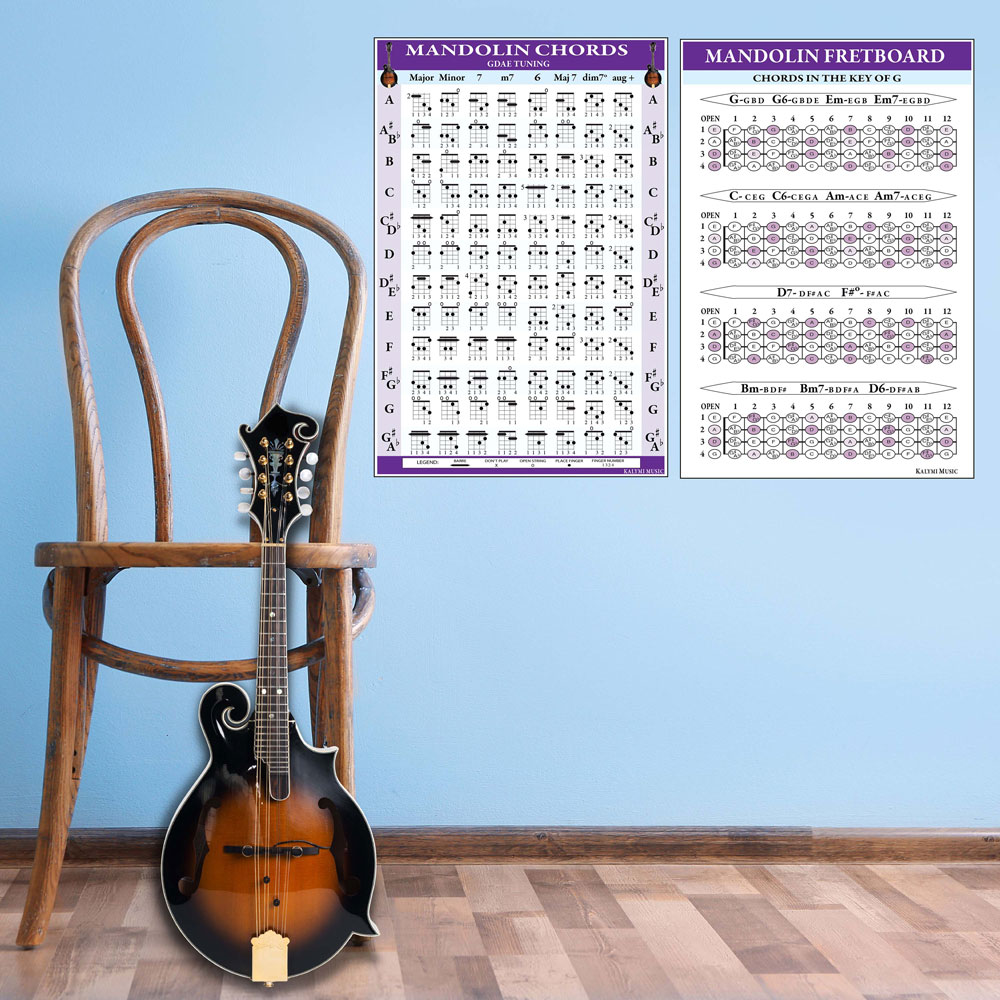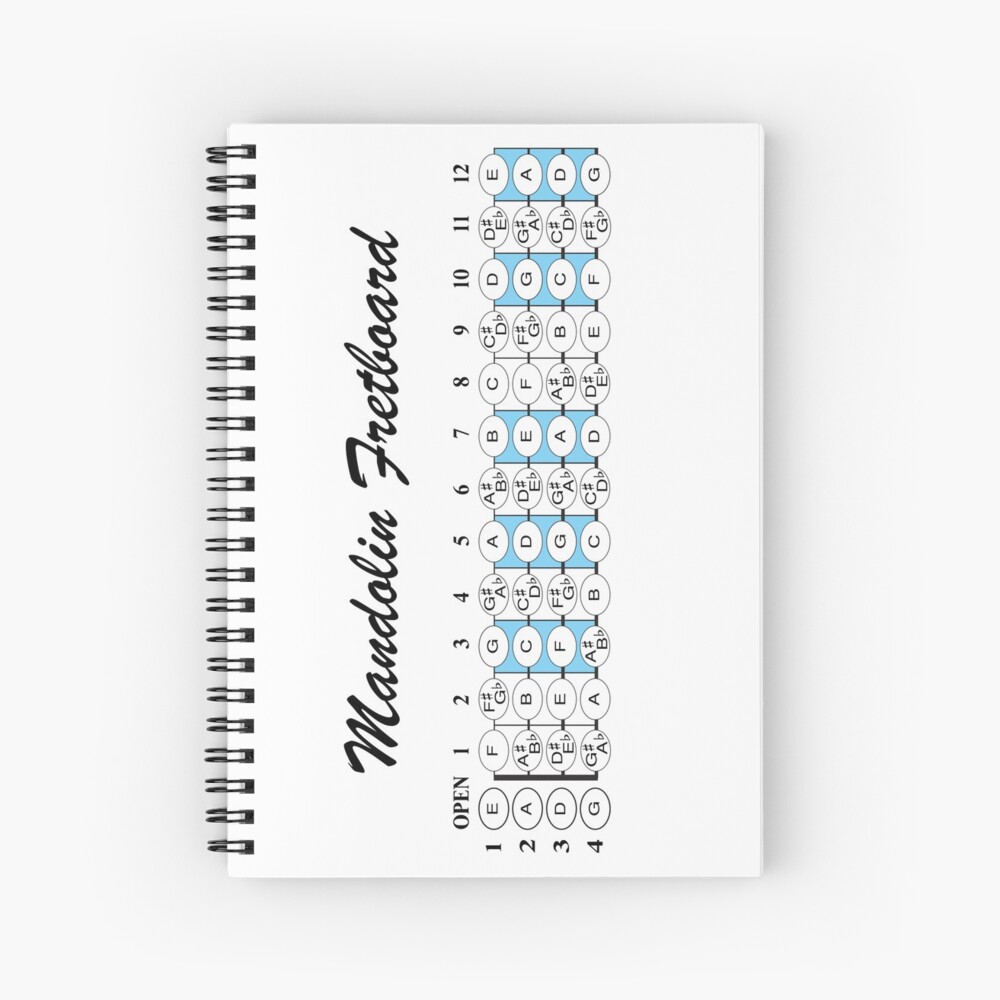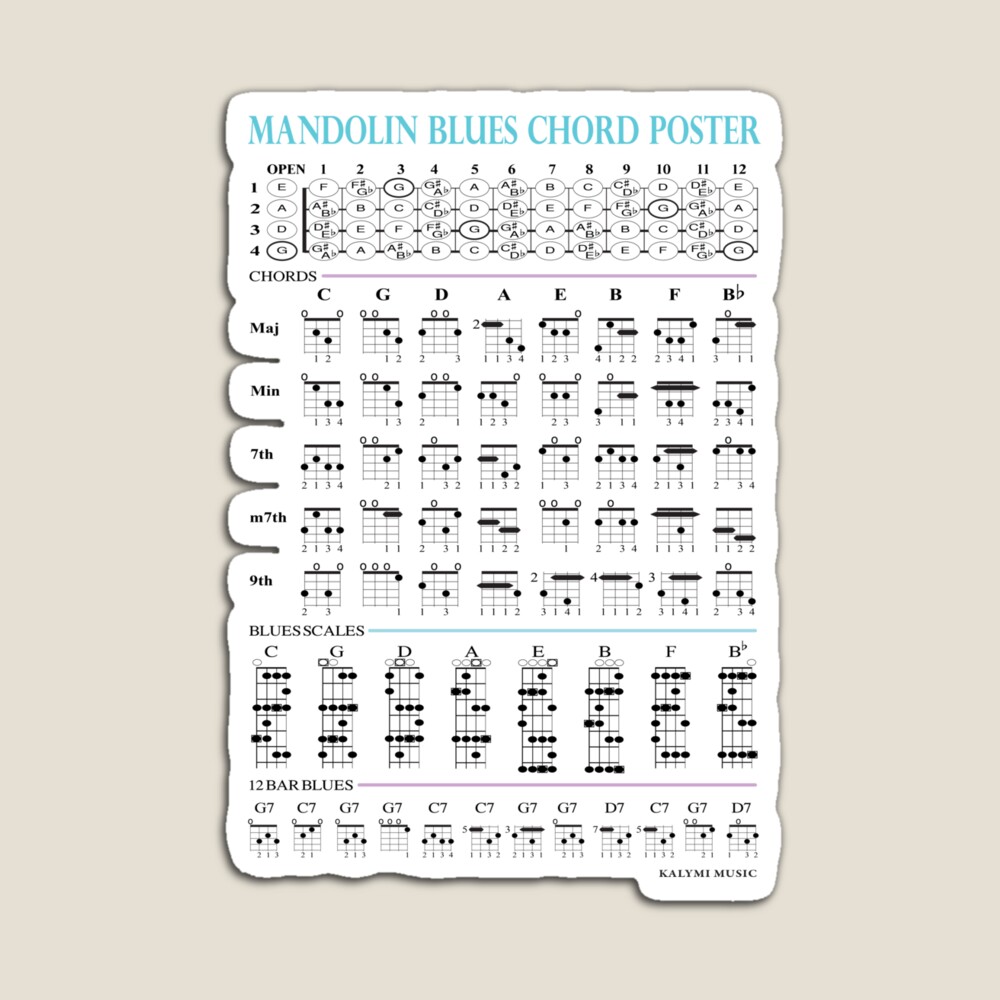Learn Four Classic Blues Mandolin Songs
Finding blues music for the mandolin is a challenge at the best of times, so in this lesson, we will learn four popular blues classics. Very few blues songs are written specifically for mandolin, so we borrow a few from the guitar library and add one new fingerstyle arrangement. The four songs we will learn are:
- Rude Mood by Stevie Ray Vaughan,
- The Thrill is Gone record by B.B. King,
- Hoochie Coochie Man by Willie Dixon – Recorded by Muddy Waters,
- Louis Blues by W.C. Handy.
First, watch the videos, then study the lessons below for our first two songs Rude Mood and The Thrill is Gone. Scroll down the page to learn the other two songs Hoochie Coochie Man and St. Louis Blues.
New to blues mandolin? Check out this intro lesson: Introduction to Blues Mandolin
This change of arrangement from the guitar to mandolin is relatively easy but will require a few changes. Obviously, bending the strings on the mandolin is not really possible, so we will use slides instead of bending.
We will start by learning the blues chord progressions for both songs and then work on some techniques used to play both tunes.
You can watch the video above on YouTube to learn the mandolin music, but as both songs are copyrighted, the printed music cannot be shared here. However, you can purchase the sheet music at Sheet Music Direct or Sheet Music Plus:
Click to buy sheet music:
- Rude Mood – Mandolin
- The Thrill is Gone – Mandolin
- Hoochie Coochie Man – Mandolin
- St. Louis Blues – Mandolin
Let’s get started with our blues chord progressions.
Blues Chord Progressions on Mandolin
I’m sure many of you are familiar with a 12-bar blues, so I won’t go into great detail here. Most 12-bar blues follow a standard format, but countless variations exist. A 12-bar blues is exactly what it says: 12 bars long.
The chord progression from Rude Mood falls into one of the standard formats of the 12-bar blues. Note that you will often have to transpose into more suitable mandolin keys favouring open strings and lower fretting. The original chord progression is in C minor, so we will transpose to the more conducive key of G minor. Here it is with the mandolin chords:

So far, so good, right? The only difference is Stevie Ray does a combination of chords and picking. This pattern he plays is often referred to as a boogie blues. You have likely heard this pattern many times if you are into blues music.
The boogie pattern often slides between the flat 3rd to 3rd (Bb to B natural) of the chord, and the bass typically plays the same pattern as the guitar. Use down and up picking, play with a steady shuffle and strum freely. Here is a similar boogie blues played on the mandolin:
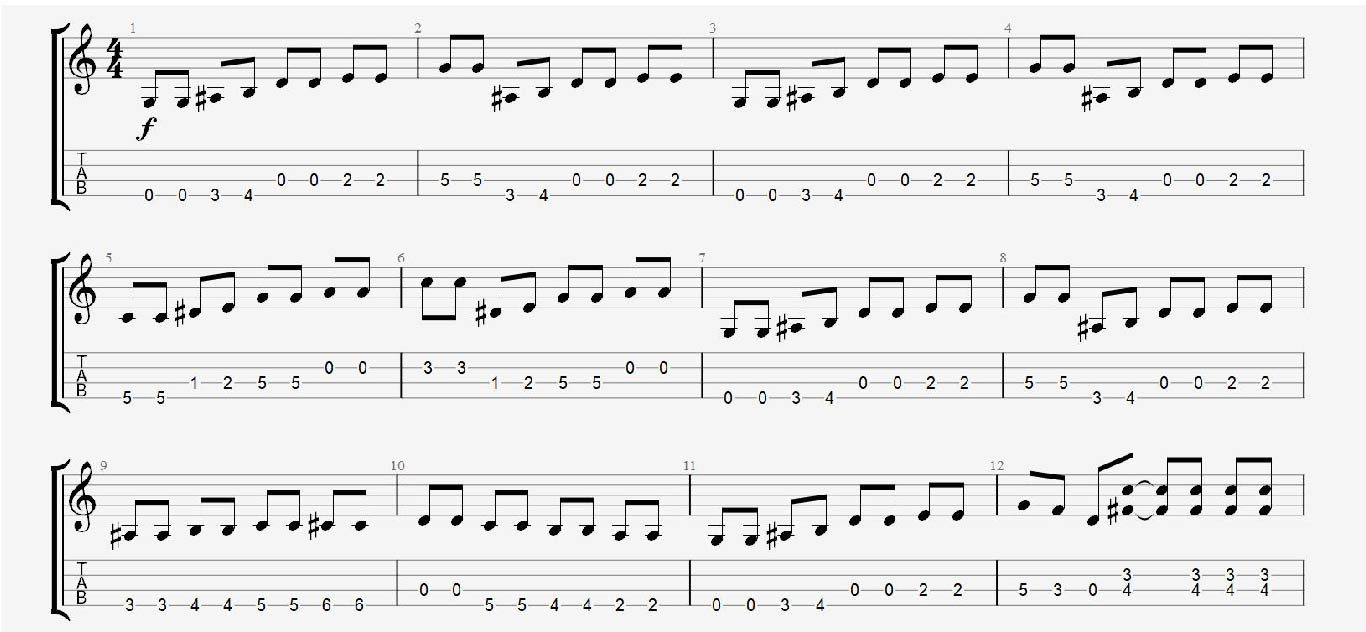
Want to learn a blues solo on your mandolin? Check out this lesson here.
Need more blues? Check out my book: Mandolin Blues Book
B.B. King Mandolin Blues
The second chord progression we will learn is from The Thrill is Gone. This one is in the key of B minor and has different chords and variations on the standard blues progression. Here is the chord progression on the mandolin:
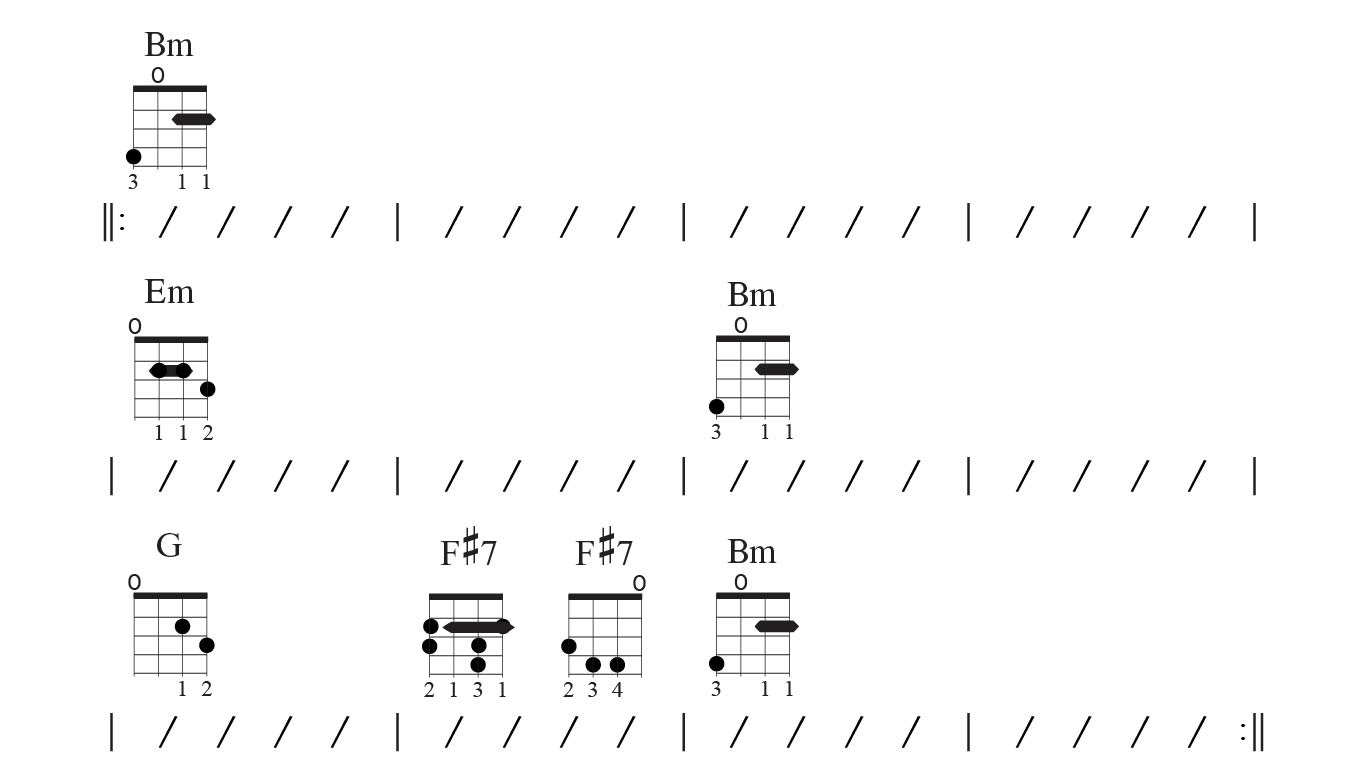
This chord progression works fine, but you can spice it up by combining the bass and guitar parts. Here’s what that looks like:
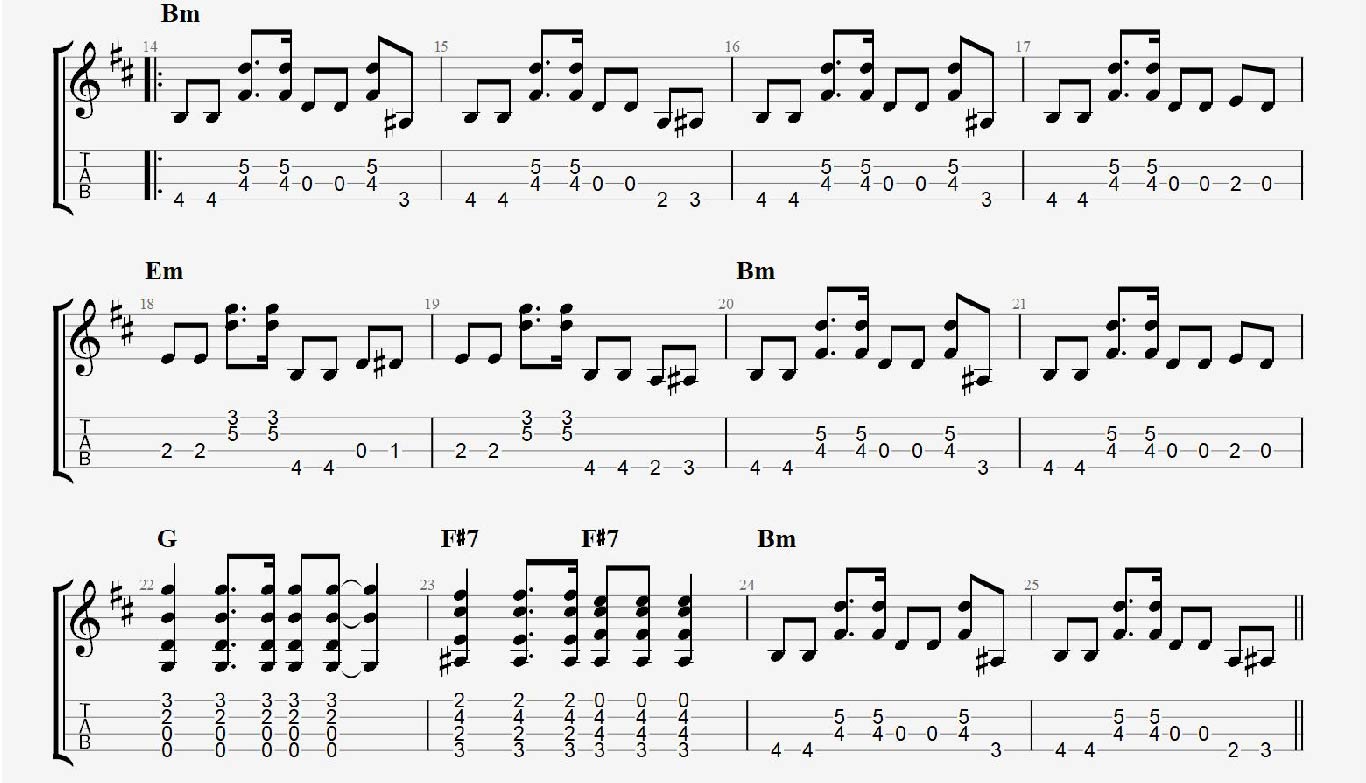
Alright, now you know our two songs’ blues chord progressions. It’s time to look at adapting the mandolin to sound similar to the guitar.
Guitars Techniques Applied to the Mandolin – Bending
As stated earlier, bending the strings is not so comfortable on the mandolin, so we have to apply sliding, hammer-ons and pull-offs to achieve a similar sound. Of course, there will always be a difference, but this is the only option unless you have fingers made of steel or a whammy bar on your mandolin.
First, we will look at adapting bends to the mandolin. There are many ways to bend the string on the guitar, but we will deal with just a few. The most common bend is a ½ or full bend. The ½ bend raises the pitch by a half step.
So, if you bend an A note up a half step, you would be a Bb. The full bend would raise the note a whole step from A to B. Bends are notated with an upward arrow that also shows the duration of the bend.
We will use a slide (diagonal line), hammer-on or pull-off (curved line) on the mandolin to replace the guitar bends. You could just use a slide or any combination of hammer-ons and pull-offs to achieve a similar sound. The choice is yours. You can compare the guitar to the mandolin below:
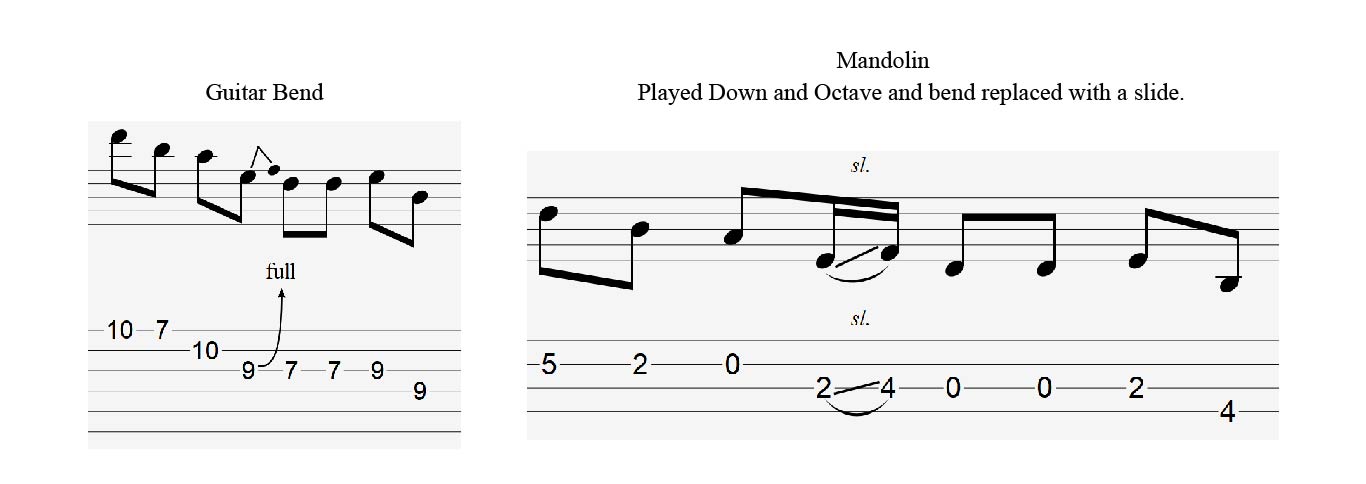
I mean, bending is possible on the mandolin but probably only up to a ½ bend. Bending the string on a mandolin has another disadvantage, as there are two strings to bend. More importantly, too much bending can put the strings out of tune. There is also a ¼ bend which is certainly more doable than a ½ step bend:

Now, how about a look at vibrato?
Blues Vibrato and Tremolo on the Mandolin
Two other essential techniques to master the blues effectively on the mandolin are vibrato and tremolo. Of course, we can do both on the mandolin, but often we will have to swap out the vibrato for tremolo.
Again, this is a personal choice that you can adapt to your specific playing style. Here is a few examples of taking the original vibrato and converting it to tremolo:
Blues Mandolin Techniques
Just like there are different types of tremolo, there are different types of vibrato. It’s very effective to vary the speed and width of the vibrato throughout the song. For tremolo, we apply the same technique by altering the speed to eighths, sixteenths, etc.; in place of width, we can add a trill or mordent to fill in the gaps.
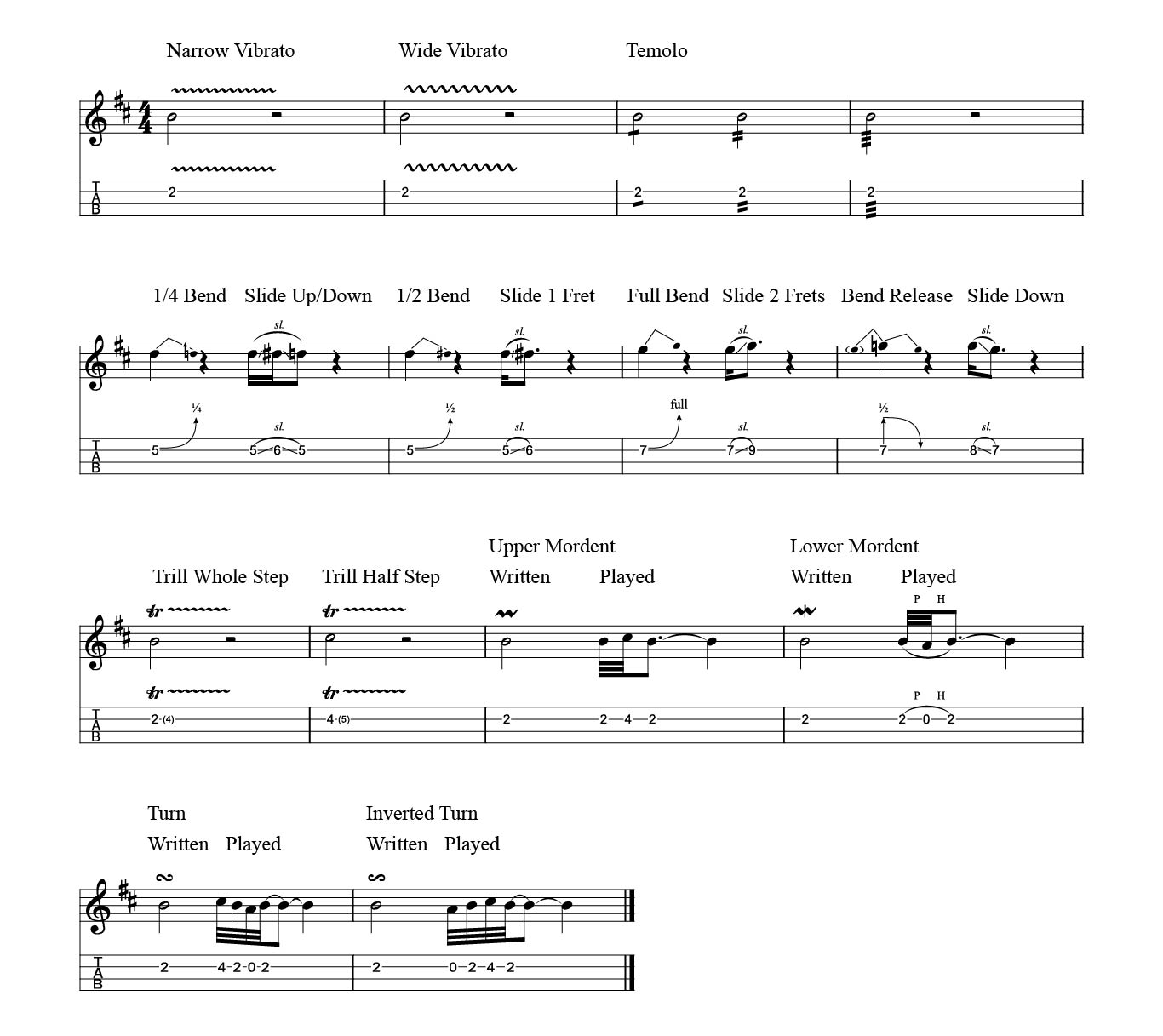
This does produce quite a different sound compared to the guitar, but that’s also what makes playing blues on the mandolin unique.
How about we move on to the last two songs of our blues mandolin lesson. Hoochie Coochie Man and St. Louis Blues.
Hoochie Coochie Man on Mandolin
Here are a few more tunes to work on in our blues mandolin lesson. First, Hoochie Coochie Man.
This tune is the quintessential blues song based on a repeating riff. Instantly recognizable and must be played with conviction. No lesson is required; play along with the video and a full-on shuffle.
Finally, a chord melody type of approach on another blues classic, St. Louis. Blues.
St. Louis Blues on Mandolin
I took the melody and combined the chords and blues riffs on this arrangement to fill out the tune. Where possible, always emphasize the melody and play with a convincing swing. St. Louis Blues follows a standard blues chord progression in the key of G. Play along with the video:
So there you go! Four new blues tunes to play around with and a nice addition to the blues mandolin repertoire.
Please leave any comments and suggestions for more mandolin lessons below.
Mandolin Blues Book
Take your blues mandolin playing to the next level with the Mandolin Blues Book. A collection of 101 blues riffs and solos ideal for all mandolinists looking to get a good grasp of jamming the blues. The book covers all the essential tools needed to play blues mandolin. Audio and video are available. 157 pages
Mandolin Blank Tablature Workbook and Reference
The 4-String Blank Tablature Workbook and Reference for Mandolin includes five blank templates: blank tablature (tab) with chord diagrams, 4-string blank tab, blank tab and fingerboard chart, chord diagrams with fingerboard chart, and 4-string chord diagrams. A helpful reference with chords, scales, fingerboard charts for the mandolin also included.155pgs.
PDF ebook also available so you can print as many blank tab pages as you like. Add to cart for the PDF or buy from Amazon for the print book.
Mandolin Chords and Fretboard Poster Set
- Elegant mandolin chord and fretboard poster set.
- Two posters included – Mandolin chords and mandolin fingerboard charts.
- 2-page chord and fretboard music theory insert also included (letter size).
- Convenient size poster 12” x 18”. Side by side, the two posters are 24” x 18”.
- All posters have a gloss finished printed on 100# Digital Gloss Text.
Celtic World Collection – Mandolin
“Celtic World Collection – Mandolin” contains 46 of the most requested traditional tunes plus new original mandolin tunes with standard notation, chords and mandolin tablature. Mandolin recordings with guitar accompaniment below.


